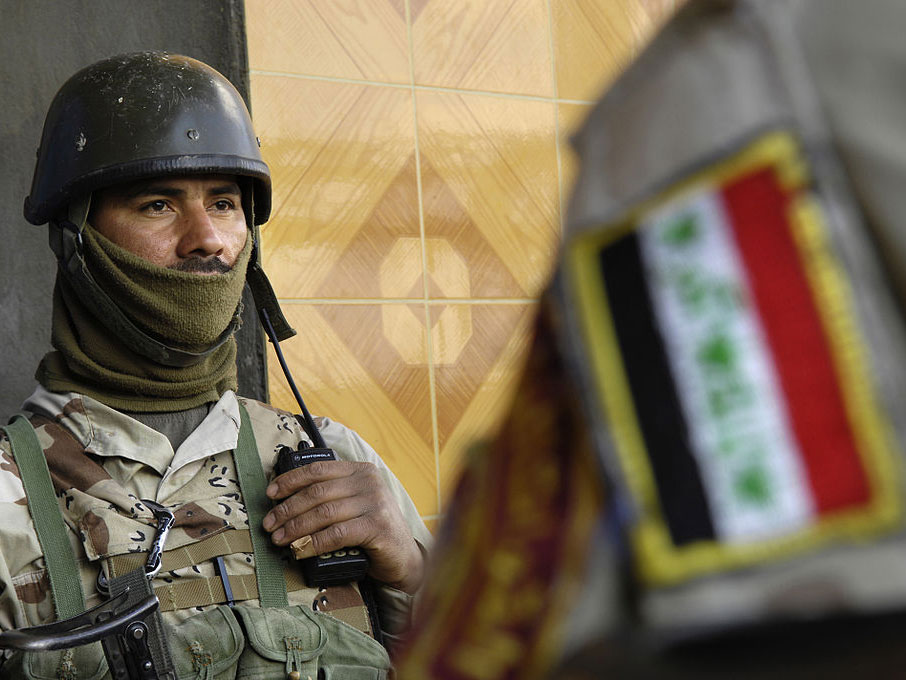This article was originally published by the Institute for the Study of War (ISW) on 27 May 2016.
The Iraqi Security Forces (ISF) and the Popular Mobilization launched a major operation on May 23 to recapture Fallujah from ISIS. Prime Minister Haidar al-Abadi announced Operation Breaking Terrorism late on May 22 following weeks of force build-up in the area. The ISF and Anbar Sunni tribal fighters carried out shaping operations to the south of Fallujah in the weeks prior, recapturing al-Salaam Junction and moving along the southern road on May 7. Iranian proxy Shi’a militias, including Kata’ib Hezbollah and Harakat al-Nujaba, deployed heavily to the vicinity of Fallujah beginning on May 17. Progress of the actual operation has been rapid, with the joint ISF-Popular Mobilization forces recapturing key locations within the first 24 hours. These included Garma sub-district, a small town northeast of Fallujah, and Naimiyah on the southern edge of Fallujah City on May 23. Even before ISIS, Sunni militants including Jaish al-Mujahideen, the 1920 Revolution Brigades, and Jaish Rijal al-Tariqa al-Naqshbandiyah (JRTN) used Garma as a support zone. As of May 26, security forces have captured much of the Garma area and have pressed on Fallujah’s northern, eastern, and southeastern flanks, though the progress of the ISF and Popular Mobilization in Albu Shajal and Saqlawiyah, on the northeastern axis, remains limited. These areas need to be controlled in order to complete the encirclement of Fallujah.
Operation Breaking Terrorism comes amid a period of instability for Baghdad and the Iraqi government. PM Abadi is weak, and the Council of Representatives has failed to make quorum due to boycotts by numerous parties, including the Kurdistan Alliance, the Reform Front, and the Sadrist Trend. Meanwhile, Sadrist demonstrators have threatened Baghdad security, breaking into the Green Zone and major government buildings first on April 30 and again on May 20, when protesters clashed with security forces. The demonstrations have exceeded the Interior Ministry’s security forces’ ability to provide basic protection in Baghdad; the increased instability caused by large-scale protests has required the deployment of additional forces to the capital, including members of the Golden Division, a unit within the elite Counter-Terrorism Service (CTS), that closed the entrances of the Green Zone on May 20.


